I recently saw baby pictures with rag quilts being used as props. I had just scheduled my daughter’s 6 month photo shoot and I wanted to included the blanket. Unfortunately, the person shut down their Etsy shop to catch up on orders 😦 so I decided to make my own.
I first needed to buy a sewing machine. I had no idea how this project would turn out, so I did not want to spend much on this machine. I did a bit of research and found this sewing machine on Amazon. It ended up working perfectly and I liked it better than any other machine I have used.
on Amazon. It ended up working perfectly and I liked it better than any other machine I have used.
A lot of the quilts online are for photo props were 3×3 squares and being used by newborns. Since Grace was 6 months I went with 4 squares x 4 squares pattern and used larger squares (9 in x 9 in).
Steps:
1. Cutting out the fabric – I used 9×9 inch squares and sewed a 1 inch seam — my final blanket was 30 inches x 30 inches. For each quilt square I cut 2 squares with the fabric I picked out and 1 square of a flannel fabric (which you will not see). I have heard that flannel works well for the the “ragged” part but I could not find any flannel fabric I like so I went with flannel in the middle instead.
2. I then assembled the 9×9 square “sandwiches” and pinned them. The decorative fabric of your choice should be used as the outside of the sandwich with the “good side” facing out and the flannel on the inside.
3. Then drew a line from corner to corner and sewed an “X” across the square – I used the same thread for each of the squares instead of matching it to the fabric.
4. Once all 16 squares have been quilted with the “X” you can begin to assemble the quilt – I laid out all of my squares to make sure I like the pattern ahead of time. When you line up your squares to sew them together make sure you have the “good side” facing out for each one, so the seam will be visible on your blanket. Continue sewing your squares together until you have all four sewn together to make a row.

5. When you have all 4 rows complete, you sew each row together again making sure the “good side” is facing out. Here is an example of my rows:

6. After I sewed all my rows together I realized I didn’t like having all of the seams as the back of my blanket (even though I originally was only going to use this for a photo prop) – I LOVE soft, cuddly blankets, so I decide to get a flannel piece of fabric and sew it to the back of my rag quilt. To do this I cut the flannel fabric to match the size of the quilt and pinned it in place. I then sewed a 1 inch seam all around the edge of the blanket to attach the flannel.
7. Now you are ready to cut (my least favorite part, but you are almost done!). Cut each of the seams, I did about every 1/2 inch. I recommend having at least a fabric scissors for this. I started with a regular scissors and I regret it and so does my hand. I switched to a fabric scissors and it was much better. Just make sure you DO NOT cut the stitches!
8. Once all seams are cut you are ready to wash and dry your quilt so it frays and has the vintage look.



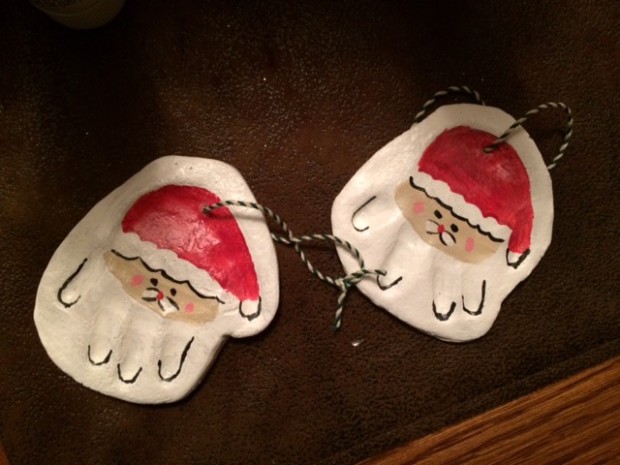
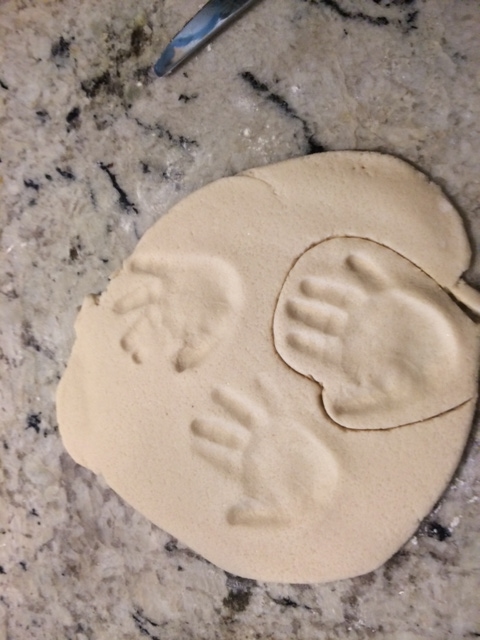

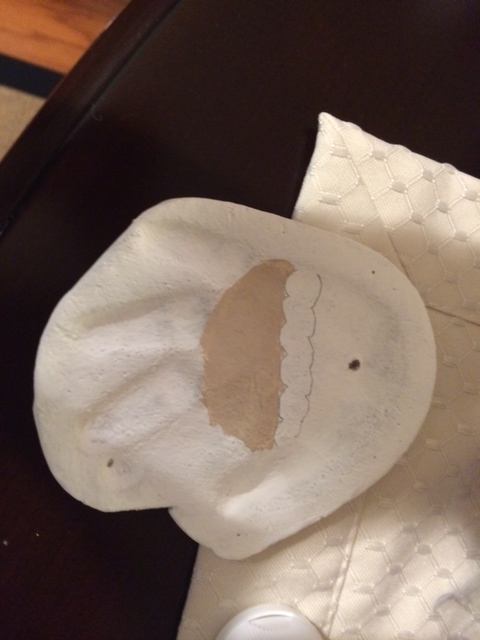
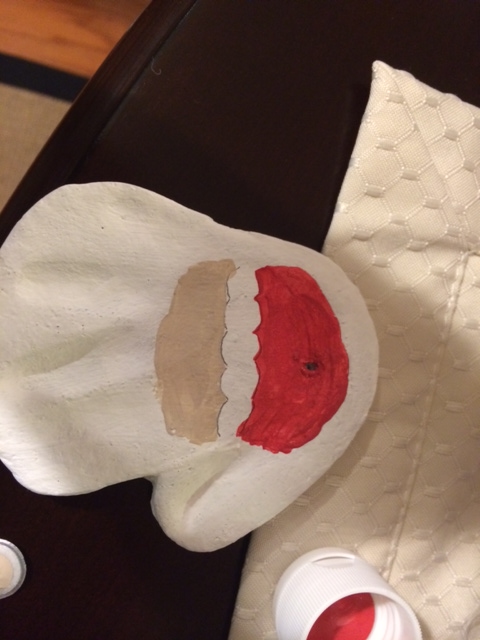

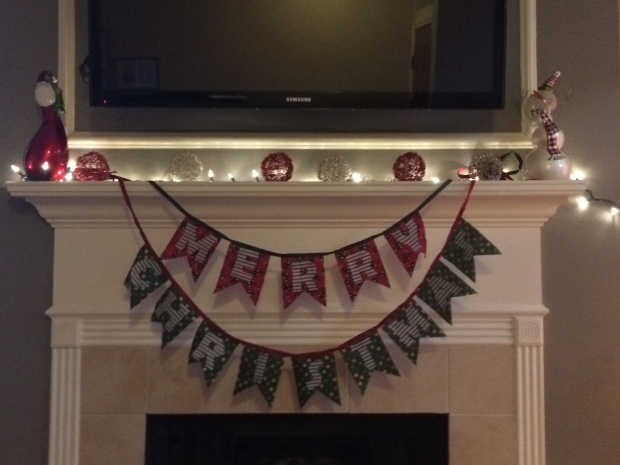




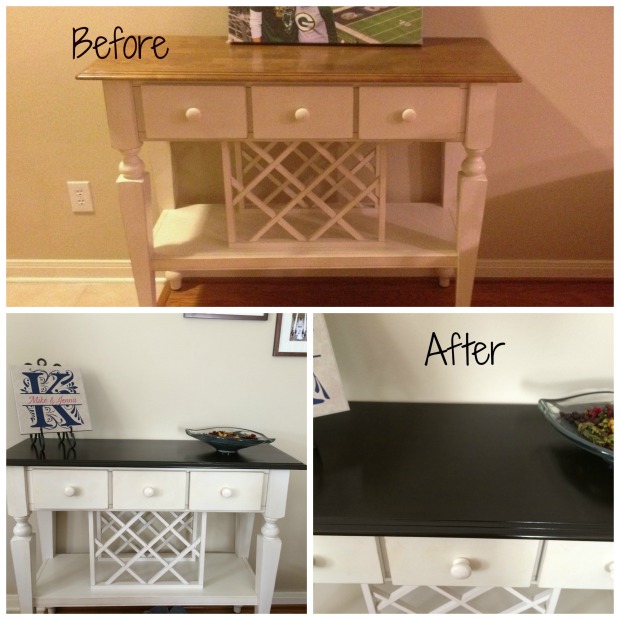




You must be logged in to post a comment.